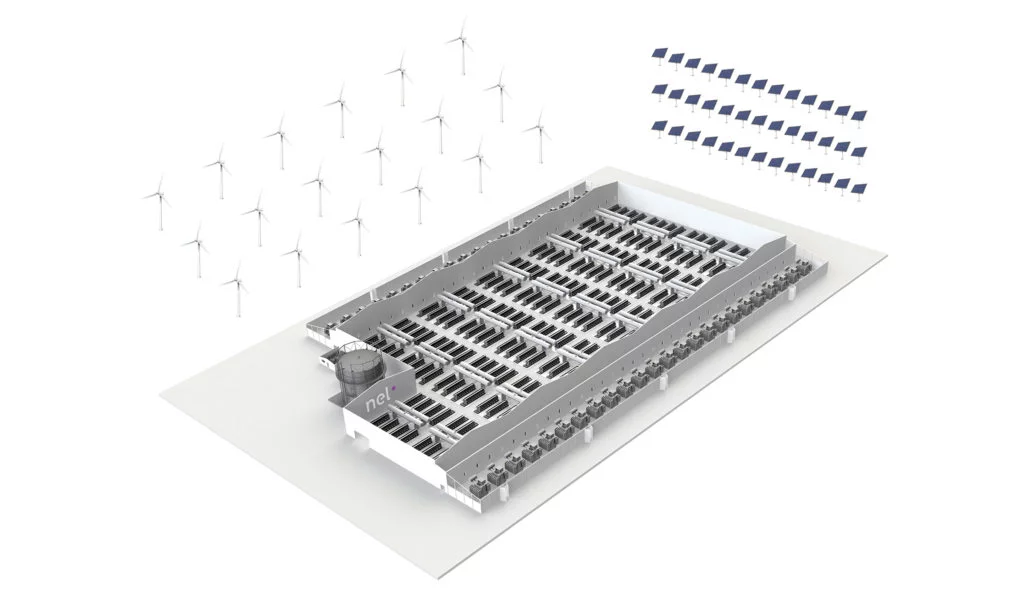The growing demand for power and the global interest in reducing CO2 emissions has stimulated an unprecedented implementation of renewable sources of energy. However, intermittent power disruptions are common when dealing with renewable resources. Energy storage eases intermittent power disruptions by storing excess power generated by renewable resources at times of low demand and distributing the power in periods of heightened demand. This helps to balance the load on the energy grid and reduce reliance on non-renewable resources. Combining grid intelligence with renewable resources and an energy storage solution, provides a dependable environmentally friendly and lower-cost supply of energy.
Contact us for a free consultation with one of our sales engineers today.

All electrolysis-based hydrogen generators require deionized water and electricity. Nel offers water deionizing systems for all our electrolyzer products. Power requirements range from a few hundred Watts for small electrolyzers, to > 1 MW for larger systems.
PEM (proton exchange membrane) water electrolysis simply splits pure deionized water (H2O) into its constituent parts, hydrogen (H2) and oxygen (O2), via an electrochemical reaction. When a DC voltage is applied to the electrolyzer, water fed to the anode (or oxygen electrode) is oxidized to oxygen and protons, while electrons are released. The protons (H+ ions) pass through the PEM to the cathode (or hydrogen electrode), where they meet electrons from the other side of the circuit, and are reduced to hydrogen gas.
Nel hydrogen generators contain minimal hydrogen inventory, well below NFPA, and contain an amount far below safety concern in a ventilated space.